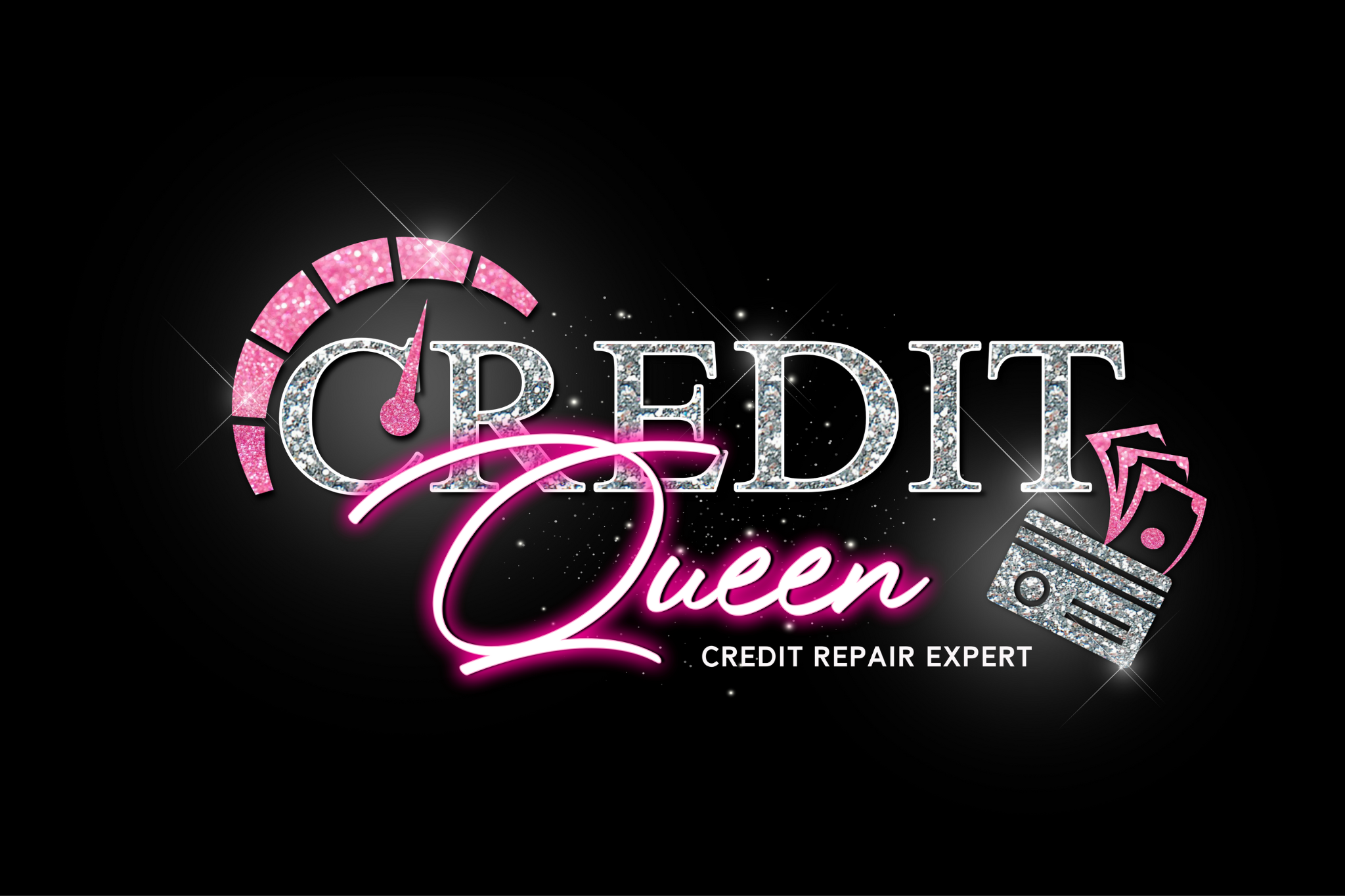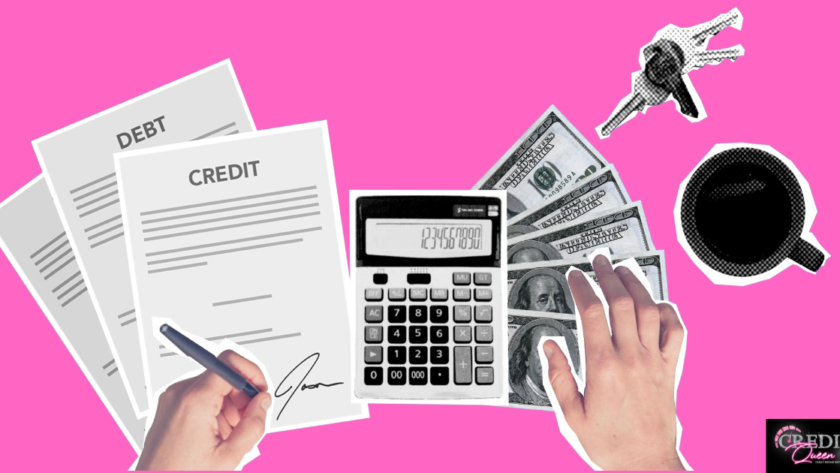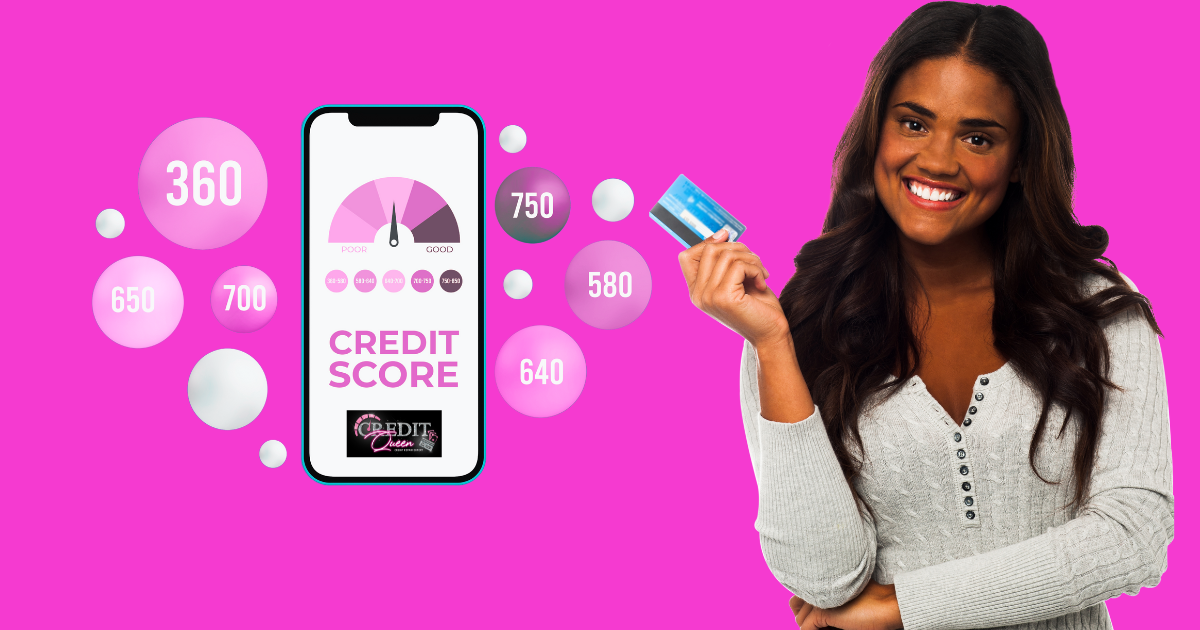Picture this: you’re eyeing a shiny new gadget but don’t have the cash to pay for it all at once. That’s where credit swoops in to save the day. But before you dive headfirst into the world of borrowing, it’s crucial to understand the three main types of credit and how they affect your credit score.
First up, we have installment credit. Think of it as the responsible sibling of the credit world. With this type of credit, you borrow a set amount and agree to pay it back in equal monthly installments.
Car loans and mortgages are prime examples of installment credit. Just make sure you keep up with those payments, or you might find yourself in some deep financial waters.
Next, we have revolving credit. This bad boy is like a never-ending ride at an amusement park. It allows you to continuously borrow up to a certain limit, which replenishes as you make payments.
Credit cards are the most popular form of revolving credit. Just remember to keep an eye on those balances, or you might find yourself spinning in a debt whirlwind.
Last but not least, we have open credit. This type of credit is like a trust fund baby. It’s all about building a solid relationship with your lender, as they grant you a credit line that you can use whenever you need it.
Think of it as a safety net for those unexpected expenses. But be careful not to abuse it, or you might find yourself facing some serious trust issues from lenders.
Now, here’s the kicker.
Good credit equals lower interest rates, while bad credit can make getting a loan feel like climbing Mount Everest. So, it’s crucial to stay in the good credit lane if you want to enjoy the perks of lower interest rates and easier loan approvals.
Your credit history is closely watched by the big three credit bureaus – Equifax, Experian, and TransUnion.
They keep track of your financial moves and use that information to calculate your credit score. This little number is what lenders use to determine whether you’re a financial dream or a nightmare.
A Deep Dive into the Three Types of Credit
So, you want to know about the three types of credit, huh?
Well, buckle up because we’re about to take you on a credit ride like no other. Get ready to meet the three musketeers of credit: revolving credit, open credit, and installment credit.
Each has its own quirks and perks, so let’s dive right in!
Secured Credit
First up, we have secured credit. This type of credit is like having a bodyguard for your loan. You offer up collateral, like your car or house, to guarantee the loan. If you can’t make your payments, the creditor can swoop in and take your prized possession.
Don’t worry, though, they usually give you a fair warning before that happens. Auto loans and mortgages are some examples of secured credit. It’s like borrowing money with a built-in bouncer.
Unsecured Credit
Next, we have unsecured credit. This credit is the wild and free-spirited cousin of secured credit.
With unsecured credit, there’s no need for collateral. It’s like going skydiving without a parachute (not recommended). Student loans, personal loans, and credit cards fall under this category.
Some experts say credit cards should have a category of their own because they’re a bit of a rebel. They offer different options, like paying off your balance in full or just making the minimum payment. It’s like having your own personal financial playground.
Revolving Credit
We also have revolving credit. This is the rockstar of the credit world.
Revolving credit lets you borrow and repay over and over again, up to a certain limit. It’s like having your own badass credit card.
You can decide how much you want to borrow and pay off, within reason, of course.
Credit cards, store cards, personal lines of credit, and HELOCs (that’s Home Equity Lines of Credit) all fall under the umbrella of revolving credit.
Just remember, if you only make the minimum payment, you’ll be stuck in a never-ending cycle of debt. It’s like riding a hamster wheel that never goes anywhere.
So, pay off that balance in full if you can!
Installment Credit
Installment credit is when you borrow a fixed amount from a lender and make fixed payments over time. Think student loans, car loans, and personal loans. You get a lump sum and pay it back with interest. Nice and easy.
The advantage here is that you know exactly how long you’ll be making payments. And once you’re done, you’re done! Some installment creditors might not let you pay off your debt early, though. Bummer.
Now, installment loans usually involve a specific purchase, like a house or a car. So, they’re usually secured loans. If you default, the creditor can snatch up the thing you bought. But not all installment loans are secured. Personal loans, for example, can be used for anything, from fixing up your home to tackling that mountain of debt.
Alright, now let’s talk open credit. These guys don’t have a set credit limit. You gotta pay off the full amount each month, and the payments can vary based on your usage.
This is where utility bills come in. Your electricity, gas, sewer, and water bills can impact your credit score, believe it or not. But utility payments usually only matter if you’re slacking on them.
Charge cards, like the ones with no preset limit, are another example of open credit. You gotta pay off the whole amount each month, or else you’ll get slapped with high fees or a closed account. Ouch!
How these 3 credit types affect your credit score
Now, onto the important part: your credit score. Both installment and open credit can affect it. If you miss payments, your score can take a hit. So, when you apply for a credit card or loan, make sure your lender reports that good behavior to the credit bureaus. Don’t waste the chance to build credit!
Your credit score takes a bunch of stuff into account:
- The most important is your payment history. Pay on time, and your score will thank you.
- The amount you owe compared to your credit limit is also a biggie. Keep that balance low if you wanna boost your score.
- The length of your credit history matters too. The longer you’ve been paying bills on time or rocking that credit card, the better. Show ’em you’re reliable!
- Having a mix of different types of credit can help too. It shows you can handle different kinds of accounts and earn that trust.
- And finally, be careful with new credit. Applying for too much at once can make it seem like you’re stretching yourself thin.
Discover the secret to checking your credit score for free!
No need to shell out any cash. Just sign up for free and monitor your VantageScore credit score. It’s like having a personal credit detective to see where you stand.
But wait, what’s the difference between VantageScore and FICO?
Well, they may use different factors to calculate your score, but they both give you an idea of how good your credit is.
If you’re aiming for a FICO score:
- Anything over 800 is exceptional (you rock!)
- 740-799 is very good (pretty impressive)
- 670-739 is good (nice work)
- 580-699 is fair (getting there)
- 580 and below is poor (uh oh)
Now, let’s talk VantageScore, which has its own set of ranges:
- 781-850 is excellent (you’re killing it)
- 661-780 is good (not too shabby)
- 601-660 is fair (keep pushing)
- 500-600 is poor (it’s okay, we all have some room to improve)
- 300-499 is very poor (time to buckle down)
Mortgages
Now, let’s talk mortgages. If you’re aiming for a regular mortgage, you’ll need a minimum FICO score of 620. But if you’re going for an FHA loan, you could qualify with a score as low as 500, but be prepared to pay a hefty 10% down payment.
However, if your score is 580 or higher, you can swoop in with a down payment of just 3.5%. But keep in mind, each lender may have their own specific credit score requirements.
Here’s the deal: the lower your credit score, the more you’ll pay in interest. Ouch!
It’s like a sneaky little tax you have to pay. For example, if you have a score between 620 and 639, you could end up paying almost $95,000 more in interest over 30 years on a $300,000 mortgage compared to someone with a score of 760 to 850.
Big difference, right?
The same goes for credit cards. A score of 720 or higher will get you a sweet 13.5% interest rate, while a score below 620 will skyrocket you over 20%.
The types of credit you should have
It’s like a magic formula for building your credit score. Ideally, you should have a mix of different types of credit: revolving credit, installment credit, and open credit.
It’s like showing off your credit management skills. Lenders love to see that you can handle different types of credit. It’s like turning you into their favorite borrower.
Remember, your credit mix is important, but not as important as your credit utilization ratio. So, don’t go crazy applying for a bunch of loans all at once. It’s like putting a spotlight on your credit score and saying “look at me!”
Too many of those hard inquiries can actually drop your score. Yikes!
Instead, be strategic and space out your loan applications. And once you’re approved, make those on-time payments like a boss. It’s the number one factor in determining your FICO score, after all.
So, don’t delay! Check your credit score and start planning your financial future. It’s like having a backstage pass to better interest rates and loan approvals. Get ready to take control of your credit like a pro.
Phew, that was a lot, wasn’t it?
But hey, now you know the ins and outs of installment and open credit. Use that knowledge wisely!
Wrap Up
There you have it, folks. The three types of credit laid out for your credit-craving souls. Now go forth and conquer the credit game, my friends!
Just remember, stay responsible, and keep your credit utilization low. Good luck out there!
So, whether you’re looking to finance a fancy car or just trying to keep your credit score in tip-top shape, understanding the mysteries of credit is the key to financial success.
Dive in, make wise choices, and unlock the doors to a brighter future.
Yup, you guessed it. Sometimes I throw in those magical affiliate links that can whisk you away to credit utopia. But wait, there’s more! Each time you click on one of these bad boys and decide to snag a deal, a tiny trumpet-playing squirrel delivers a small bag of gold coins to our castle. In other words, I might earn a little something-something. Just know that I would never use a link that I don’t personally use myself and/or highly recommend.
About the Author
Meet Ashley Effinger, the Credit Queen and FreedomPath Advisor! Digital marketing royalty, I’m all about conversions and changing lives! By day, I improve credit scores, learn budgeting tricks, and build lasting wealth with my guidance. By night, I’m a rockstar wife and a supermom of 5 amazing kiddos! When not slaying credit myths, I indulge in my passions: reading, jet-setting, and sipping smoothies! Follow me for credit tips and a dose of laughter!
Drop me a line (say hi, ask a credit repair question, fan out, etc.): badcreditisexpensive@gmail.com
Ready to get started fixing YOUR credit? ashley@mycreditqueen.com
Let’s Connect on  Social
Social
LinkedIn: Ashley Effinger
Pinterest: @badcreditisexpensive
Instagram: @badcreditisexpensive
Youtube: @BadCreditIsExpensive
Twitter: @creditqveen
Facebook: @badcreditisexpensive
TikTok: @badcreditisexpensive
Medium: Ashley Effinger | Subscribe













